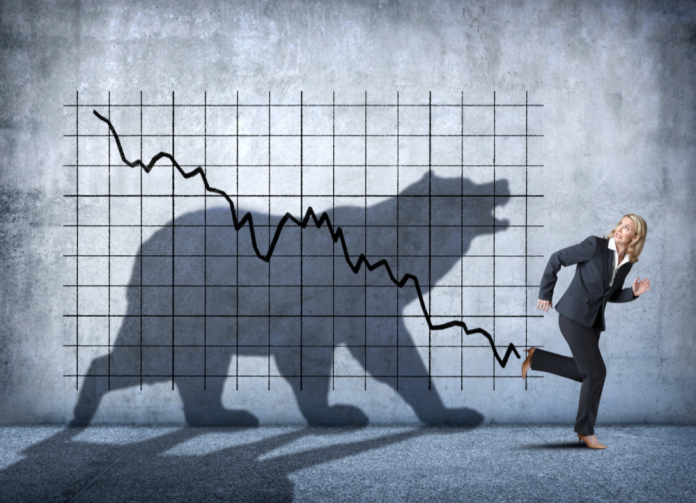Bull Markets and Bear Markets
Bear markets and bull markets are different situations, but there are some strategies that can help you weather the volatility.
Dollar-cost averaging is one way to smooth your purchase price over time.
Investing in value vs growth stocks will help you avoid the losses of a bear market. In addition, avoiding a market crash by diversifying your portfolio with alternative investments can protect you from a bear market’s losses.
Dollar-cost averaging helps smooth your purchase price over time
When the market dips, people tend to sell their stocks, but that may result in missing out on potential gains. Conversely, they may buy just as the market is starting to dip and miss out on potential gains as well.
Dollar-cost averaging takes emotion out of investing by forcing you to purchase at the same price each time, regardless of market fluctuations.
It can help you avoid the temptation to time the market and purchase too much at once.
This strategy works well in bull markets and flat and sideways markets. But it’s not ideal during bear markets, when you’d want to buy at lower prices to benefit from dips.
During bear markets, dollar-cost averaging can do more harm than good, so if you’re holding stocks long-term, you should stop doing it. This strategy reduces the risk of bad timing and smooths out your purchase price over time.
Dollar-cost averaging is another important method of investing in the stock market. It helps you spread out your purchases so that they don’t fluctuate wildly.
By applying a constant dollar amount to your purchases, you’ll be less likely to purchase large amounts at one time and miss out on larger returns. By applying this strategy to your investments, you’ll reduce the risk of emotional decisions, minimize volatility and achieve higher returns over the long run.
Investing in value vs growth stocks during market downturns
During market downturns, it is best to invest in value stocks, not growth ones. Value stocks tend to do well when the economy is recovering or accelerating out of recession.
Growth stocks, on the other hand, are expected to be immune to fluctuations in the economy.
However, investors should not forget that there are market manias on Wall Street, and you should know when to take profit. In this article, we will discuss the difference between growth and value stocks and how to make an informed decision.
The two types of stocks have their advantages and disadvantages.
Growth stocks tend to grow faster than value stocks, and therefore they often have lower P/E ratios than value stocks. However, the growth of a company’s stock is a factor that you must take into consideration before investing in it.
Choosing growth over value stocks depends on your risk tolerance, time horizon, and investment goals.
Value stocks are more stable and reliable, so they have higher dividend yields than growth stocks. In addition, value stocks are typically in a traditional industry with predictable sources of revenue and income.
The price of value stocks, on the other hand, often is very low compared to its earnings and expected growth.
Value stocks are often undervalued, but they can still offer you consistent growth over time.
Investing in alternative investments to avoid losses during a bear market
Investing in alternative investments is one way to avoid losses during a bear market.
These assets can include forex, precious metals, hedge funds, private equity, and real estate.
Although bear markets are not a good idea for everyone, they can help you manage losses in a downturn. If you can’t tolerate the volatility of stocks, consider a portfolio of these assets.
Investing in short-term bonds may be an excellent way to weather a downturn. However, investors who want to mitigate overall market risk should consider investing in bonds of higher quality.
Choosing lower quality bonds can compound losses from underperforming equities. Dividend stocks are another great way to counteract losses in other investments. These stocks pay out a portion of their profits to shareholders, so they can help you stay afloat even when the market is down.
Diversifying your investments will help to limit the impact of stock market volatility. Diversifying your portfolio can include investments such as real estate, precious metals, private equity, and precious metals. A bear market is often preceded by a recession, so you should be prepared for it. It’s also a good idea to diversify your investments if you haven’t done so already.





